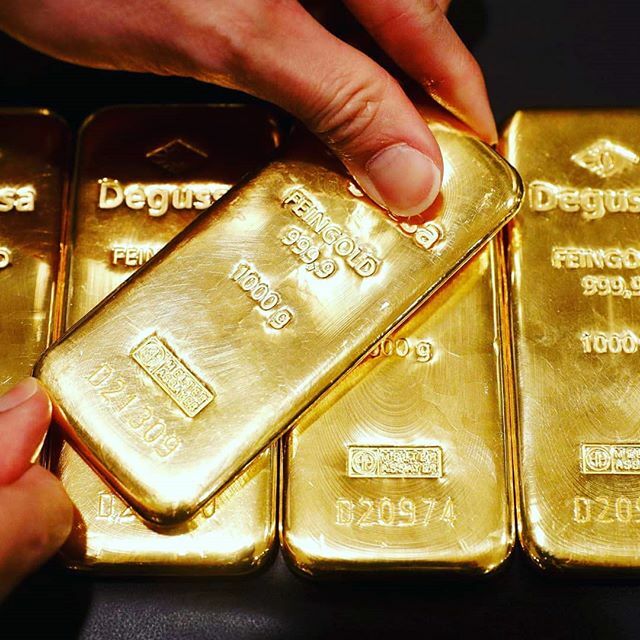
Two gold industry associations are working with miners, refiners, traders and shippers to create a database of gold bars in an effort to prevent trade in counterfeit metal and allow buyers of bullion to trace its origin, they said on Monday.
The London Bullion Market Association (LBMA) and the World Gold Council (WGC) said companies including miners Barrick and Newmont, refiners Metalor and MKS PAMP, and shippers Brinks and Loomis would submit data to a pilot scheme that should eventually extend worldwide.
“Over time, this will help consumers, investors and market participants to trust that their gold is genuine and has been responsibly and sustainably sourced,” the LBMA and WGC said.
Blockchain-based ledgers run by two companies, aXedras and Peer Ledger, will “register and track bars, capturing the provenance and full transaction history,” they said.
Refiners and others already operate gold-tracking technology and have added security features to gold bars that make them harder to counterfeit.
Like the pilot, these tend to focus on 1 kilogram gold bars rather than 400 ounce wholesale bars traded by banks in the London market.
Some in the market are wary of pooling their data and expertise with others.
The LBMA and WGC, members of which include miners, banks and refiners, wants to hasten the adoption of these systems and make sure they can work together. The LBMA said on Monday it had approved six security features for gold bars.
If widely used, the database should be able to track metal if it is not melted by anyone not contributing data. But it would not identify the origin of recycled gold entering the system.
The LBMA’s chief executive, Ruth Crowell, said that over time a premium could develop for traceable gold over non-traceable metal.
(By Peter Hobson; Editing by David Goodman and Mark Potter)
No comments:
Post a Comment